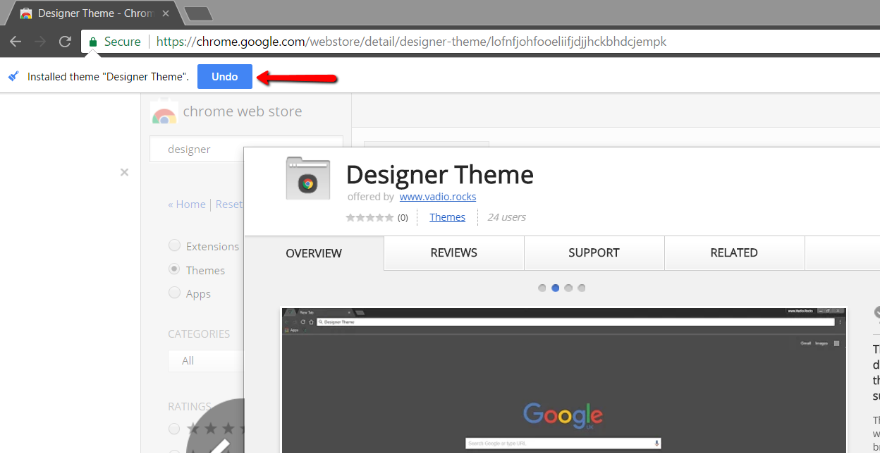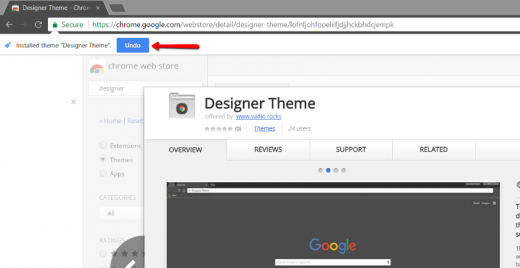Google Visual Theme For Search Extends Into Discovery Ads, Gallery Ads
Visual Theme For Search Extends Into Google Discovery Ads, Gallery Ads

Discovery ads, which Google announced at Marketing Live, fits the visual theme that Philipp Schindler, Google chief business officer, talked about in his opening remarks at the event on Tuesday in San Francisco.
Schindler said the future of search points to voice search with the expectation of a visual reply in the search results, rather than a bunch of descriptive text. “Voice in, image out,” he said.
Technology also should be able to predict the best nearby device to serve up the content.
Two Discovery visual ad formats will run across the YouTube home feed, Gmail and Google Discovery feed. The ads are targeted by audiences, not keyword-based search intent. The ad format eliminates the need to do a query.
Findings from a recent Google and Ipsos study suggest that 76% of consumers enjoy making unexpected discoveries when shopping. Some 85% of consumers will take a product-related action within 24 hours of discovering a product: reading reviews, comparing prices or purchasing the product.
Google at Marketing Live on Tuesday announced that several new ad units, from Discovery ads to Gallery Ads, bring more visual content to the Search results page. The new ads combine search intent with the new interactive visual format, Gallery Ads.
“Gallery Ads are the new hybrid ad format, merging text and shopping features and offering four to eight images with three headlines up to 70 characters in length, said Casey Wilson, VP of digital media at Chacka Marketing. “This is Google’s latest move toward a search engine results pare that is dominated by visual search.”
She said Google claims early results of 25% more interactions for campaigns running Gallery Ads versus those without. And while she said these results are not surprising, considering consumers’ overall move toward and preference for visual search results, these types of images combined with high search intent and compelling marketing communication should work much better than those without.
On average, ad groups — including one or more Gallery ads — have up to 25% more interactions, meaning paid clicks or swipes, at the top of the mobile Search results page. As people browse the Gallery, the headline remains at the top.
Ben Gomes, Google VP of search, talked about the future of search in his presentation, which also focused partly on visual search. “We have an enormous visual cortex, which lets us scan a whole bunch of images quickly to decide what’s relative,” he said. “Image search lets you do that … but traditional it has been focused on getting you pictures, pictures of beaches, picture of people, and people of sunsets.”
But people are very interested in scanning information to get at the underlying information — not just the picture. To do that, Google needed to go beyond the pixels in the picture and into the underlying concept and the context.
Machine-learning technology, he said, enables Google to identify pictures of fish, for example. It allows Google to change the ranking of image search. The second thing is to convert the interface of image search to allow people to see the context behind the image, whether it’s something available for sale or something that can be built.
“We’re just getting started down this path, but the idea is to use images to process information through the underlying information, not just the data,” he said.
(18)


